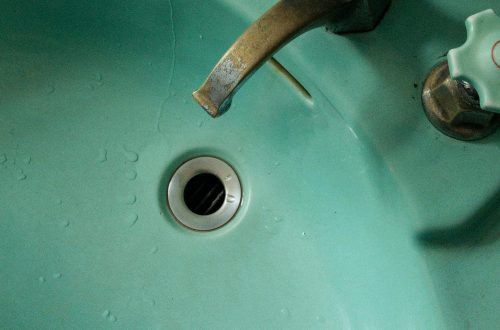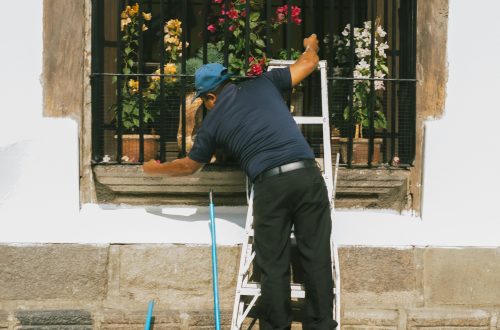Nothing ruins the look of a smooth, freshly painted wall like an unsightly small hole. Whether it’s from a doorknob, a misplaced nail, or an accidental bump, small holes in drywall are a common household issue. The good news? You don’t need to hire a professional to fix them. With the right tools and a little patience, you can repair small holes in drywall yourself—like a pro. This easy DIY guide will walk you through the process step by step, ensuring a flawless finish every time.
Tools and Materials You’ll Need
Before diving into the repair, gather the necessary tools and materials. Having everything on hand will make the process smoother and faster. Here’s what you’ll need:
- Utility knife or drywall saw – For cleaning up the edges of the hole.
- Sandpaper (120-grit and 220-grit) – For smoothing the surface before and after patching.
- Drywall joint compound (also called mud) – To fill the hole and create a smooth surface.
- Putty knife – A 2-inch or 4-inch knife works best for small holes.
- Drywall patch or mesh tape – For reinforcing larger small holes (up to 6 inches).
- Primer and paint – To match your wall’s finish after the repair.
- Paintbrush or roller – For applying primer and paint.
Step-by-Step Guide to Repairing Small Holes
Now that you have your tools ready, follow these steps to repair small holes in drywall like a professional.
1. Prepare the Hole
Start by cleaning up the edges of the hole. Use a utility knife to remove any loose drywall or debris. If the hole is jagged, carefully trim it into a smooth, round shape. This ensures the patch adheres properly and creates a seamless finish.
2. Apply the Patch
For holes smaller than a half-inch, you can fill them directly with joint compound. For slightly larger holes (up to 6 inches), use a self-adhesive mesh patch or drywall tape. Place the patch over the hole, pressing firmly to ensure it sticks.
3. Apply Joint Compound
Using a putty knife, spread a thin layer of joint compound over the patch or hole. Smooth it out, feathering the edges to blend with the surrounding wall. Let the first layer dry completely (usually 24 hours). For larger holes, apply a second thin layer after sanding the first coat lightly.
4. Sand the Area Smooth
Once the joint compound is dry, sand the area with 120-grit sandpaper to remove any bumps or ridges. Follow up with 220-grit sandpaper for a super-smooth finish. Wipe away dust with a damp cloth before painting.
5. Prime and Paint
Apply a coat of primer to the repaired area to ensure even paint absorption. Once the primer dries, paint over the patch to match the rest of the wall. For best results, feather the paint outward to blend seamlessly.
Tips for a Professional Finish
To make your drywall repair look invisible, keep these expert tips in mind:
- Feather the edges – When applying joint compound, extend it slightly beyond the repair area to blend smoothly.
- Use multiple thin layers – Thick applications of joint compound take longer to dry and are harder to sand.
- Match the texture – If your wall has a textured finish, replicate it by dabbing the wet compound with a sponge or brush.
- Lighting matters – Check your work under different lighting angles to spot imperfections before painting.
When to Call a Professional
While small holes are easy to fix yourself, larger damage (bigger than 6 inches) or structural issues may require professional help. If you notice cracks spreading from the hole, sagging drywall, or water damage, it’s best to consult a contractor to assess the underlying problem.
Repairing small holes in drywall is a simple DIY project that can save you time and money. With the right tools, a bit of patience, and attention to detail, you can achieve a flawless finish that blends seamlessly with your wall. Now that you know how to tackle this common issue, you’ll never have to live with unsightly holes again!






